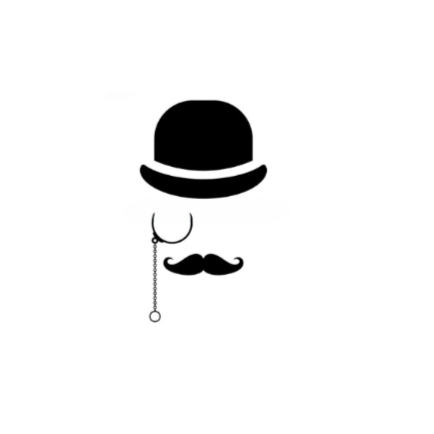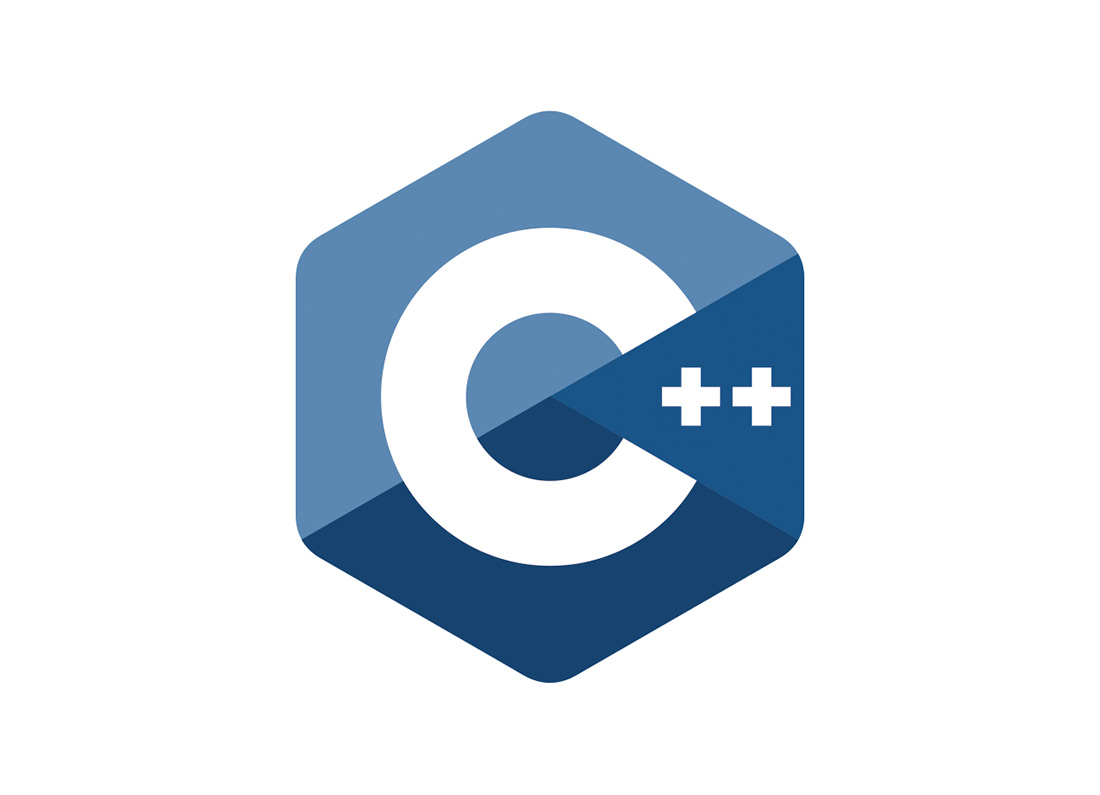多态是 C++ 这种语言中的概念,是指对不同的子类对象运行自己定义的方法。在 Go 语言中没有类的概念,但仍然可以使用 struct + interface 来模拟实现类的功能。下面这个例子演示如何使用 Go 来模拟 C++ 中的多态行为。
package main
import "fmt"
// 首先定义了一个 Shaper 接口,它有一个 Area() 方法
type Shaper interface {
Area() float32
}
// 定义 Square 结构体
type Square struct {
side float32
}
// 定义一个方法,方法的接受者是 Square* 的对象。
// 可以看作是 Square 的一个成员函数,而这个方法又是实现 Shaper 接口的。
// 类似于 C++ 中继承并实现 Shaper。
func (sq *Square) Area() float32 {
return sq.side * sq.side
}
// 定义 Rectangel 结构体
type Rectangle struct {
length, width float32
}
// 定义一个方法,方法的接受者是 Rectangle 的对象。
// 可以看作是 Rectangle 的一个成员函数,而这个方法又是实现 Shaper 接口的。
// 类似于 C++ 中继承并实现 Shaper。
func (r Rectangle) Area() float32 {
return r.length * r.width
}
func main() {
rect := Rectangle{5, 3}
squa := &Square{5}
shapes := []Shaper{rect, squa}
fmt.Println("Looping through shapes for area...")
for n, _:= range shapes {
fmt.Println("Shape details: ", shapes[n])
fmt.Println("Area of this shape is: ", shapes[n].Area())
}
}
最后 shapers 调用 Area() 方法时,调用了各自实现的逻辑。这就模拟出了多态。











